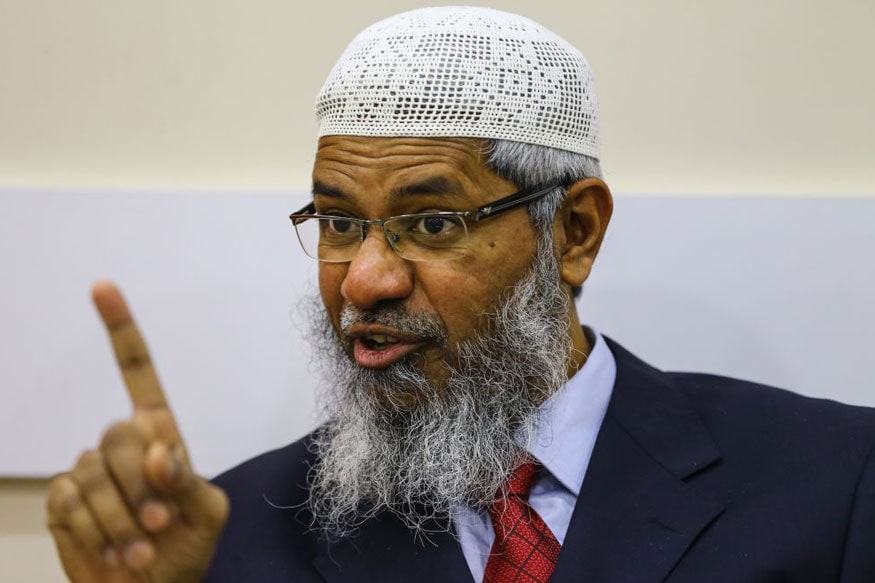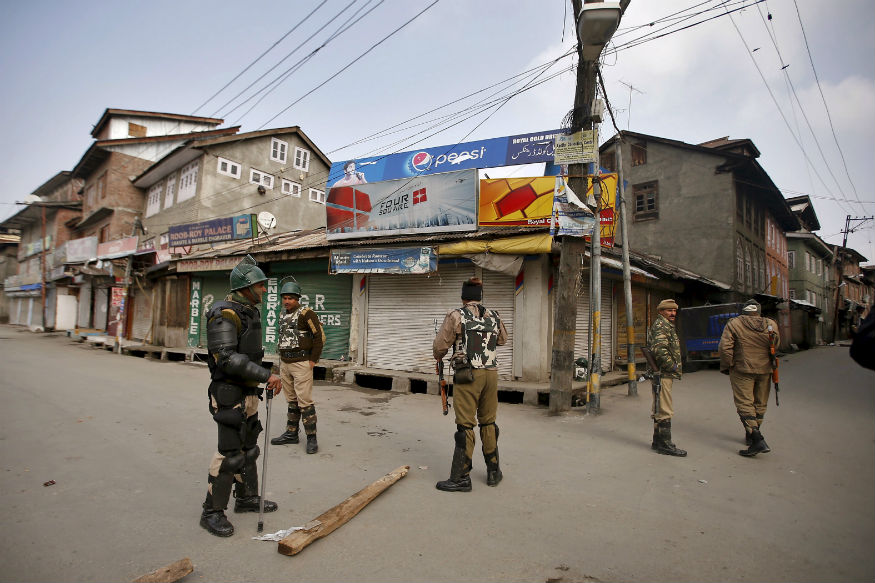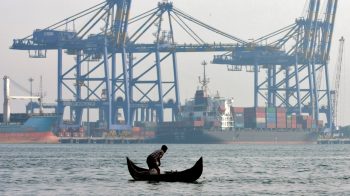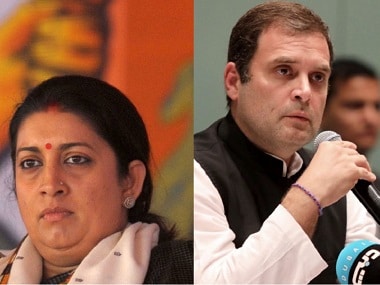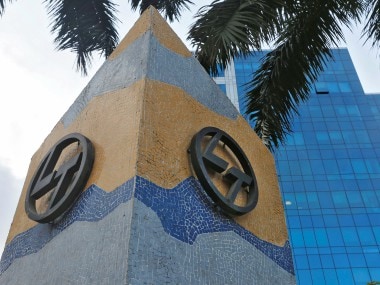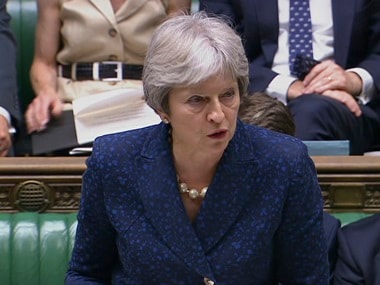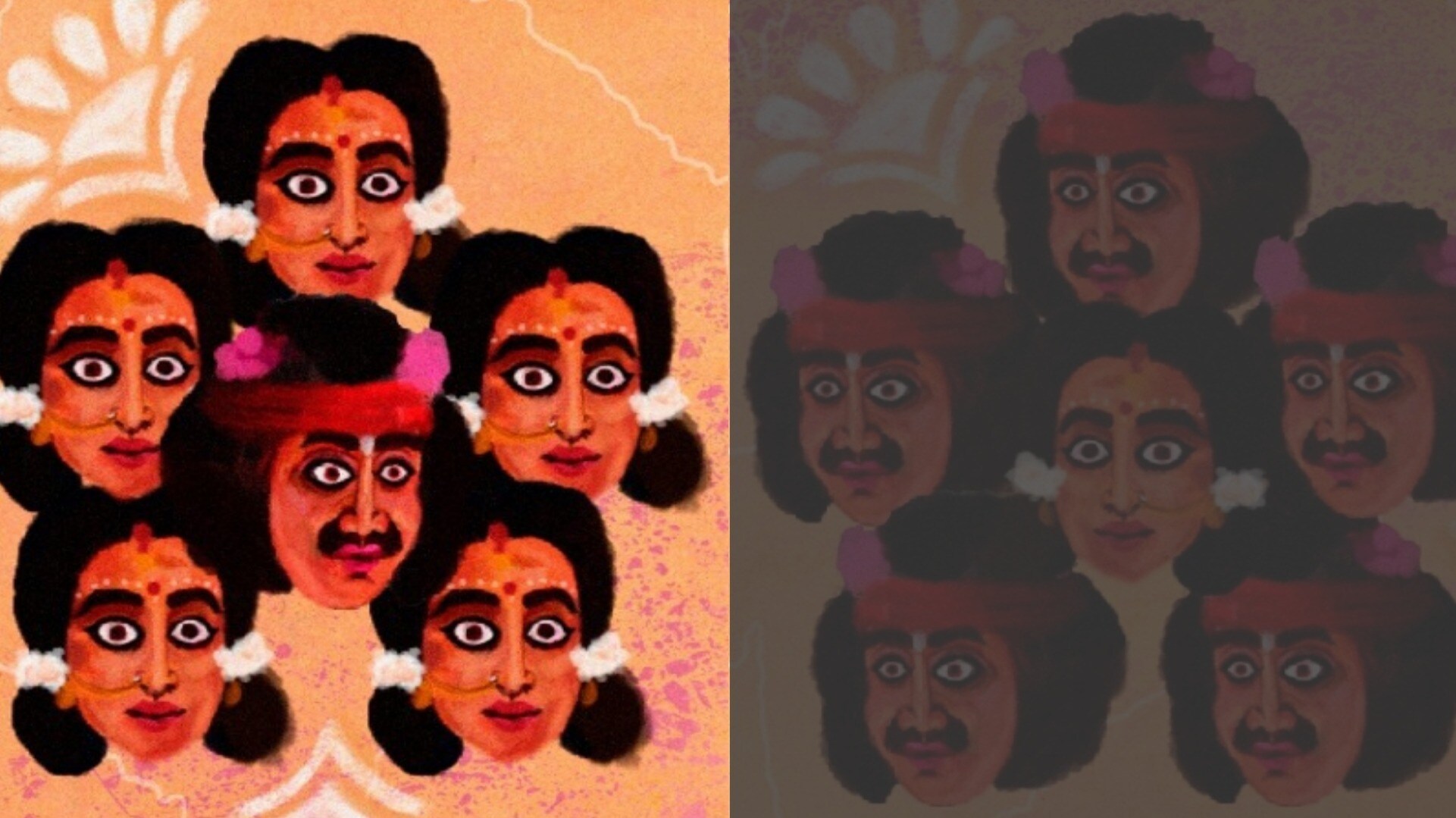The EB-5 visa has become the preferred option for the hundreds of Indians studying and working in the US as the H-1B visa has become difficult to obtain
The number of Indians who obtained conditional US citizenship through the EB-5 visa route has gone up nearly four times in the past two years, according to data from the US Department of State.
As many as 585 such conditional green cards were given to Indians in the 12-month period that ended September 2018, as against 174 issued a year ago, The Economic Times reported. During fiscal 2016, only 149 such green cards were issued.
India zoomed past Taiwan and South Korea to take the third place in terms of the number of visas issued in FY18, behind China and Vietnam.
The EB-5 visa has become the preferred option for the hundreds of Indians studying and working in the US as the H-1B visa has become difficult to obtain.
Under this programme, an individual has to invest at least $1 million (about Rs 7 crore) and create at least 10 jobs in the US. This amount goes down to $500,000 in some sectors. In many cases, it has been used to make investments in the real estate sector.
An investor having the EB-5 visa for 21 months can then apply for a permanent residence.
There is a 7 percent per country cap on the number of EB-5 visas issued. Only 10,000 can be issued in India. If any country fails to use up its limit, the remaining visas are distributed to other countries. There is currently an 18-to 30-month waiting time for Indians to obtain a green card through this route.
A law expert told the ET that the demand for EB-5 has increased after the US government tightened H-1B laws, making it difficult for spouses of H-1B holders to continue to have work authorisations.
"Children of several H-1B workers, especially those in the queue for a green card under the employment category, are also ageing out. After 21 years of age, they can no longer hold the dependent H-4 visa, but need to migrate to another visa or self-deport to India," Mitchell L Wexler, partner at global law firm Fragomen, told the paper.
Meanwhile, the number of applications coming from China and Vietnam exceeded the cap allowed for those countries. India could face a similar situation after July or August this year, which may increase the waiting period by a few years.























